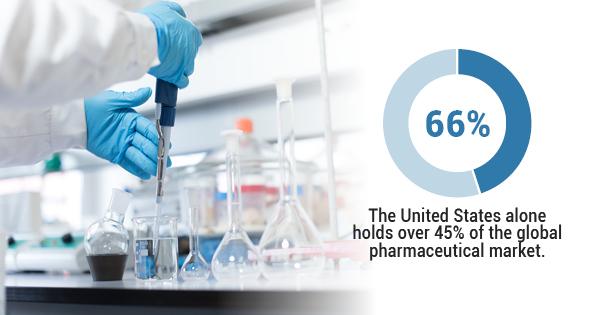
Radiolabeled compounds are extremely useful in the modern medical industry, and extremely beneficial to society. From drug trials to cancer treatments, the synthesis of carbon 14 production (also known as 14C labeling) can save lives by allowing new drugs to become available nationally.
However, these chemicals are inherently unstable; radiolabeling involves the use (as the name suggests) of radioactive isotopes which decay and degrade over time. Their care and maintenance requires specific safety and precautionary protocols.
- Storage:Compounds and reagents have been enriched with stable isotopes are stored in the same manner as the unenriched materials. Stable isotopes are not radioactive, so no extra care needs to be taken to store the compound. Radioactive isotopes (which are unstable) require special care. Inherently, these radioactive compounds and reagents emit radiation, which can accelerate various decomposition processes. At the very basic level, they should be: protected from light and storage under nitrogen (N2) or argon (Ar), stored under -80 degrees Celsius, and -- if stored as a solid -- in crystalline form rather than amorphous.
- Disposal: When disposing of compounds that contain stable isotopes, no extra handling procedures need to be taken. Laboratories require documentation that contains the characteristics of the materials submitted, so if you see that a radioactive isotope is present, you'll need to do a little more work. The disposal of radioactive waste is challenging to say the least, and must be handled separately by appropriately trained personnel. They should not be mixed with general laboratory waste; this is not only dangerous, but can cost a lot of to properly get rid of. The general rule? The waste should be handled according to local regulations by properly certified companies -- anything outside of those standard procedures could result in radiation exposure, ground contamination, or a mixture of the two.
The implementation of these good manufacturing procedures (GMP) relies on a sterile and well-cared for environment as much as human awareness and compliance. Many laboratories utilize clean rooms -- complete with fume hoods and air quality control -- to prevent the contamination and degradation of the radiolabeled compounds. These efforts are what allows the U.S. to hold over 45% of the global pharmaceutical market.
